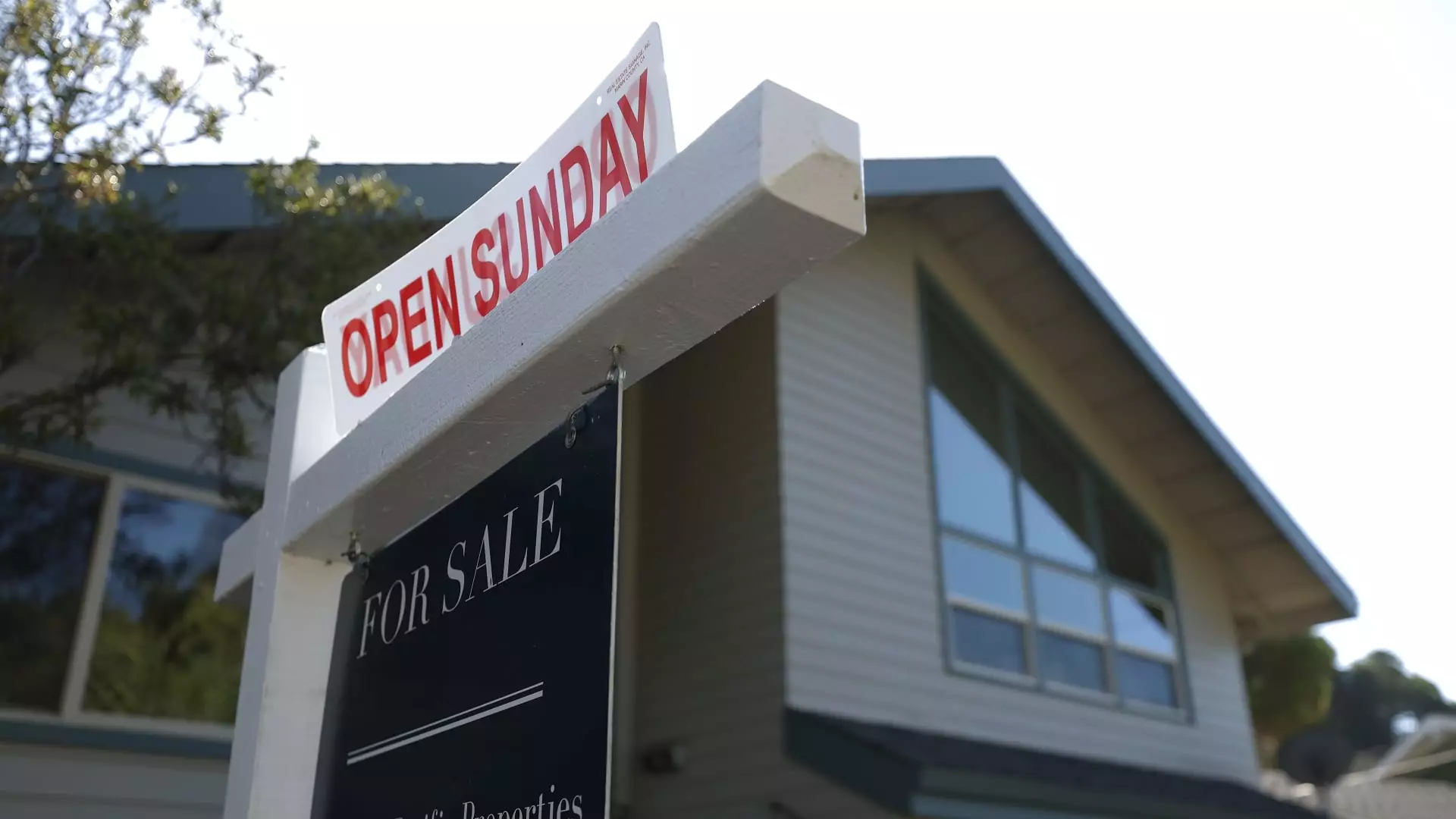In recent weeks, mortgage rates have plunged to levels that haven’t been seen in the past two years, prompting an unprecedented wave of refinancing applications among homeowners. The Mortgage Bankers Association (MBA) recently indicated that refinance applications surged by a remarkable 20% from the previous week. This statistic is even more telling when placed in context: demand for refinancing was up a staggering 175% relative to the same week last year. Such fluctuations in mortgage interest rates highlight the broader economic conditions affecting both homeowners and potential buyers in the current housing market.
An essential factor in this refinancing frenzy is the drop in the average contract interest rate for 30-year fixed-rate mortgages, which has edged down from 6.15% to 6.13%. While this reduction in interest rates may seem modest, it signifies the eighth consecutive week of rate decline—a trend that has encouraged many to capitalize on the potential savings. Notably, the FHA rate has dipped below the psychologically significant 6% threshold, now sitting at 5.99%. This combination of falling rates and increased refinancing activity raises questions about the broader implications for the housing market and individual financial planning.
The MBA’s findings reveal that the refinancing segment now accounts for 55.7% of total mortgage applications. While this represents a majority share, it still remains moderate compared to previous refinancing booms. Quite obviously, homeowners are keen to adjust their loans in light of the current market dynamics; however, there are still notable factors keeping refinancing activity in check. The seasonal decline in home purchases may be one critical aspect affecting this trend, as many would-be buyers hesitate amid high property prices and limited housing availability.
Interestingly, mortgage applications aimed at purchasing homes have only edged up a mere 1% for the week and show a modest 2% increase compared to the same week last year. The reasons for this restrained appetite among prospective buyers are fairly evident: elevated home prices and tight inventory continue to pose obstacles. Despite the overall growth in refinancing applications, many buyers remain cautious, indicating a dichotomy in the market dynamics where refinancing booms occur alongside stagnant purchase activity.
Moreover, it’s noteworthy that average loan sizes are reaching unprecedented highs, with the overall average projected to hit a staggering $413,100—the highest recorded in the MBA’s historical survey. This trend might further complicate the landscape for potential buyers, as higher loan amounts may necessitate more significant financial commitment and risk management.
Looking ahead, mortgage rates appear relatively stable at the beginning of this week, but they could be subject to fluctuations influenced by upcoming economic data. Observers in the housing market are keenly awaiting new signals that might affect these rates further, as shifts in the economic landscape can dramatically impact both refinancing and purchasing decisions for consumers.
The current wave of refinancing applications, propelled by lower mortgage rates, reveals the complexities of the housing market today. Homeowners are eager to make financial adjustments, yet the environment for new homebuyers remains fraught with challenges. The interplay between refinancing and purchasing behaviors reflects broader economic sentiments and underscores the need for thorough market analysis going forward.

